- Water Testing Meters
- Anemometer
- Length & Distance Meter
- Multimeter & Clamp Meter
- Light and Sound Meter
- Slide Calipers & Screw Gauge
- Thermometer & Hygrometer
- Milk Testing Meters
- Paper, Grain & Wood Testers
- Stopwatch & Timers
- Soil Testing Meters
- Refractometers & Analyzer
- Magnetic Compass
- Tachometer & Megger
- Thickness & Dia-Meters
- Other Meter And Accessories
Salmonella Shigella Agar 500gm Himedia India
৳ 9,000.00
- SS Ager (Salmonella Shigella Agar)
- Pack Size: 500gm
- Brand: HIMEDIA
- Made in India
Description
SS Agar – Salmonella Shigella Agar is recommended as a differential and selective medium for the isolation of Salmonella and Shigella species from pathological specimens and suspected foodstuffs and for microbial limit tests. It is a moderately selective medium in which gram-positive bacteria are inhibited by bile salts, brilliant green, and sodium citrate.
Composition of SS Agar:
- Peptone 5.000 Gms/Litre
- HM peptone B # 5.000 Gms/Litre
- Lactose 10.000 Gms/Litre
- Bile salts mixture 8.500 Gms/Litre
- Sodium citrate 10.000 Gms/Litre
- Sodium thiosulphate 8.500 Gms/Litre
- Ferric citrate 1.000 Gms/Litre
- Brilliant green 0.00033 Gms/Litre
- Neutral red 0.025 Gms/Litre
- Agar 15.000 Gms/Litre
- Final pH ( at 25°C) 7.0±0.2 Gms/Litre
- Formula adjusted, standardized to suit performance parameters
Directions of Salmonella Shigella Agar:
Suspend 63.02 grams in 1000 ml purified /distilled water. Boil with frequent agitation to dissolve the medium completely.
DO NOT AUTOCLAVE OR OVERHEAT. Overheating may destroy the selectivity of the medium. Cool to about 50°C. Mix and
pour into sterile Petri plates.
Principle And Interpretation
SS Agar medium is recommended as a differential and selective medium for the isolation of Salmonella and Shigella species
from pathological specimens (1) and suspected foodstuffs (2,3,4,5) and for microbial limit test (6). SS Agar is a moderately
selective medium in which gram-positive bacteria are inhibited by bile salts, brilliant green and sodium citrate.
Peptone, HM peptone B provides nitrogen and carbon sources, long-chain amino acids, vitamins and essential growth
nutrients. Lactose is a fermentable carbohydrate. Brilliant green, bile salts and thiosulphate selectively inhibit gram-positive
and coliform organisms. Sodium thiosulphate is reduced by certain species of enteric organisms to sulphite and H2S gas and
this reductive enzyme process is attributed to thiosulphate reductase. Production of H2S gas is detected as an insoluble black
precipitate of ferrous sulphide, formed upon reaction of H2S with ferric ions or ferric citrate, indicated in the centre of the
colonies.
The high selectivity of Salmonella Shigella Agar allows the use of large inocula directly from faeces, rectal swabs or other
materials suspected of containing pathogenic enteric bacilli. On fermentation of lactose by a few lactose-fermenting normal
intestinal flora, acid is produced which is indicated by the change of colour from yellow to red by the pH indicator-neutral red.
Thus these organisms grow as red-pigmented colonies. Lactose non-fermenting organisms grow as translucent colourless
colonies with or without black centres. Growth of Salmonella species appears as colourless colonies with black centres
resulting from H2S production. Shigella species also grow as colourless colonies which do not produce H2S. Click to Know More
Reviews (0)
Only logged in customers who have purchased this product may leave a review.
About brand
Labtex is a seller and supplier of HIMEDIA brand chemical & culture media products in Bangladesh. Customers can place orders anywhere in Bangladesh at “Cash on Delivery”.
Shipping & Delivery
Delivery within 1-3 working days in Dhaka City and 3-5 working days anywhere in Bangladesh.
Disclaimer and Declaration
We are using this website as a catalog or brochure to represent our company in the digital world. Here displayed products and the physical products may slightly vary due to the deviation of lighting sources, photography, or your device display settings. And to improve product quality and prevent counterfeiting, actual products may vary, which may not match the image shown here. And here prices shown may be changed depending on the market price. And all prices are without VAT and AIT. Displayed on this website are not our ready-stock products, but we can deliver within the due time, which means delivery within 1-3 days in Dhaka city and within 3-5 days anywhere in Bangladesh.N.B.: We can’t deliver liquid products outside of Dhaka City. Please don’t place an order for liquid products from outside Dhaka City.Special Caution: None of our chemicals is suitable for human consumption or use in food. These are only for Research and Analysis.
Website Disclaimer:
This website may use some copyrighted materials without specific authorization of the owner, but the contents used here which is under the “Fair Use” of website content Policy. Copyright Disclaimer Under section 107 of the Copyright Act 1976, allowance is made for “fair use” for purposes such as comment, news reporting, teaching, scholarship, research, and analysis. Fair use is a use permitted by copyright statute that might otherwise be infringing. Non-profit, educational, training, experimental, or personal use tips the balance in favor of fair use. If you have any complaints about our content or find any content, image, video, or text that is copyrighted by you and want to remove it from this website, please feel free to email us at Labtexbangla@gmail.com. Those contents will be removed from this website.বি: দ্র: আমাদের অফিস থেকে সরাসরি পণ্য নেওয়ার ক্ষেত্রে, আমাদের অফিসে আসার নূন্যতম ৩ ঘন্টা আগে ফোনে জানিয়ে আসতে হবে। নতুবা ততক্ষনাৎ অফিস থেকে পণ্য দেওয়া সম্ভব হবে না।বিশেষ সর্তকতাঃ আমাদের কোনও রাসায়নিকই মানুষের ব্যবহারের জন্য বা খাবারে ব্যবহারের জন্য উপযুক্ত নয়। এগুলি কেবল গবেষণা এবং বিশ্লেষণের জন্য।
Related products
Ammonium Di-hydrogen Phosphate 500 gm Lab Grade India
In stock


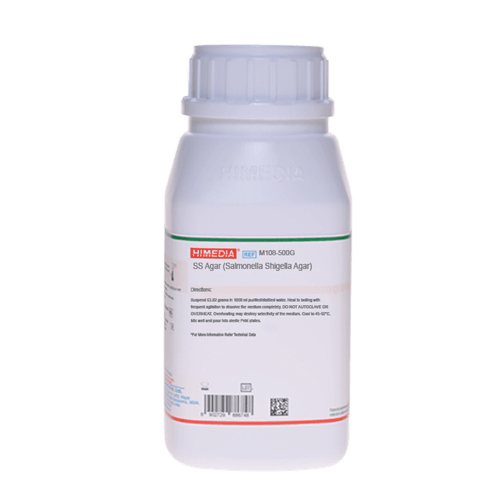
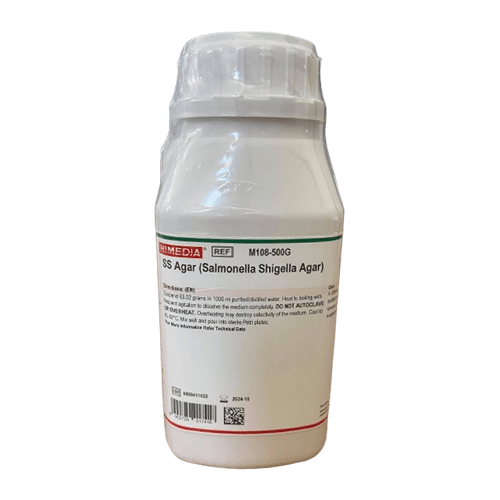
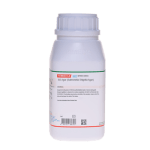
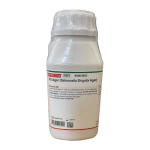

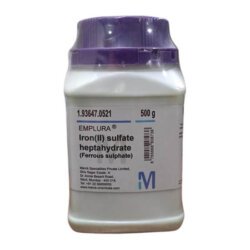
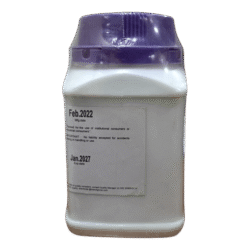
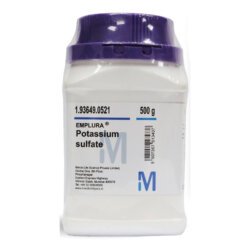
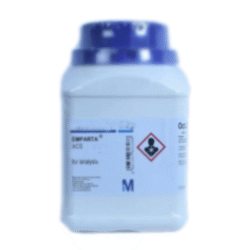
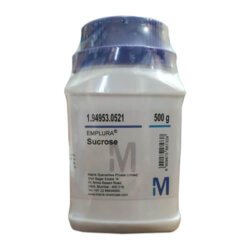
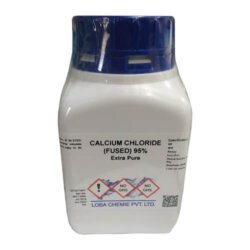
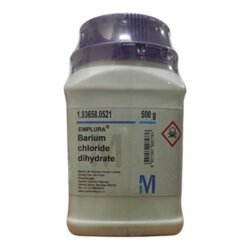
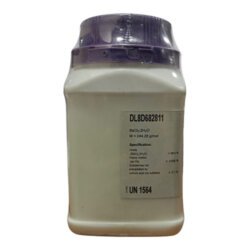
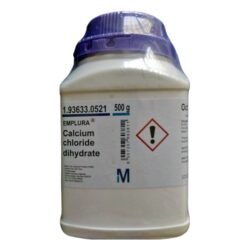
Reviews
There are no reviews yet.